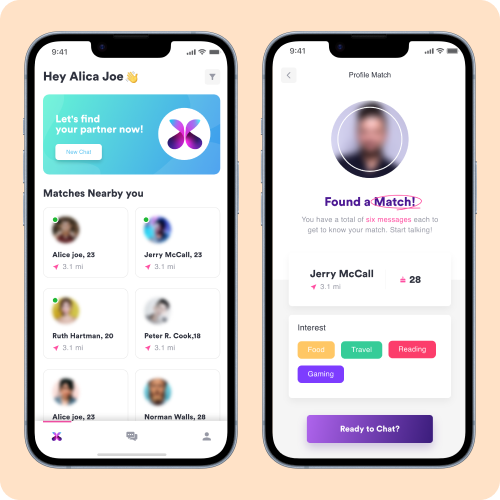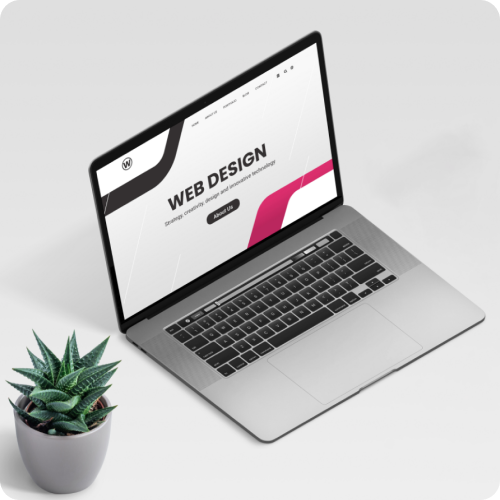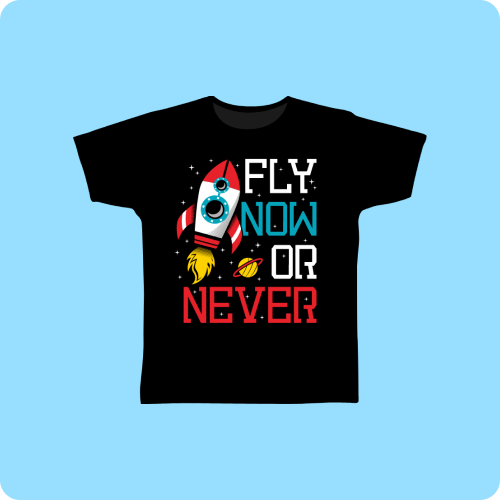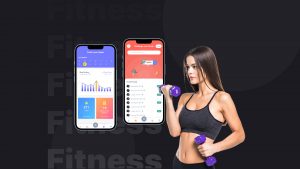Effective communication is vital for the success of any project. But it can be tricky. Whether you are dealing with complex technical matters or explaining intricate project details to clients, being able to express information clearly and concisely is crucial. This is particularly important with clients who are not so tech savvy, whose familiarity with technical phrases can vary from minimal to non-existent.
Following are some strategies to follow while talking to non-tech clients. These strategies can help you communicate effectively with your clients. Leading to stronger business relationships.

Know Your Audience
Before plunging into technical terms, it is always good to understand in-depth the knowledge level of the client and his needs. This way, you know how to set the communication style according to your client’s understanding. For example, if your client has a technical background, they may have some general knowledge about technical concepts but may not know the specificity in some areas. On the other hand, if they are fresh in the industry, they may make you explain even the basics of the fundamental terms.
Knowing your audience will enable you to anticipate their questions and allow you to frame your message properly. It will also help you prioritize information and dwell more on relevant and valuable aspects.
Read more: Development Workflow Optimization: Ensuring Timely Project Delivery
Use Analogies and Metaphors
Analogies and metaphors can be useful means to explain technically complicated phenomena by relating them to some more familiar real-life situations. That way, it can make it not just easier to express complicated ideas in simpler terms but also makes those ideas more relatable.
Most importantly, when using an analogy, choose one with which the audience is conversant and has experience. This will ensure that they easily understand and use the application of the comparison to the technical phrases at hand.
Visual Aids

Graphs, charts, diagrams, and other visual aids help in explaining and retaining complex information. The visual presentation helps the client to understand and conceptualize complex information better.
However, while preparing visual aids, keep them clear, concise, and visually appealing in order to help you put across the intended conversation. Explanation and annotation of visual aids will make it clearer with respect to key points so that the client will understand the importance of each of them.
Avoid Acronyms
Technical terms and acronyms can be very confusing and alienating, especially for non-technical clients who lack familiarity with technical phrases in the industry. Most importantly, though, the usage of specialized words and phrases should be kept to a minimum and terms explained more simply to ensure clarity of communication.
For example, instead of using terms like ‘bandwidth’ and ‘API’, which might be unfamiliar to non-tech clients, prefer using ‘data capacity’ and ‘Software Interface’. Be sure, when using the new terms, to provide them with a brief definition or example that lets them grasp the meaning and context.
Avoid tech jargon and acronyms that ensure your message is understood easily, and the client can focus on the substance of what is being said rather than being overwhelmed by technical terms.
Read more: How IT Staff Augmentation Companies Are Revolutionizing The Tech Industry?
Focus on Benefits
While all these technical terms are pertinent, non-tech clients most often want to know how a solution relates to their needs and how their problem will be solved. While conveying the intricacies, it is important to maintain the focus on benefits and outcomes rather than getting lost in technical phrases.
For example, avoid the technical specifications of the new software system; instead, explain how it is going to refine the business process, make it efficient, and more productive. By bringing out the practical advantages of the solution, you can make the information more relevant and compelling to the clients.
Storytelling
Storytelling is one of the strongest means of making complex information more interesting, relatable, and memorable. With technical details placed within a narrative or story, you are able to engage and evoke emotion from the attention of your clients and help them see the practical application of the technology in their own context.
For example, instead of listing features and specifications, one can narrate to the client how a similar solution helped another client overcome a particular challenge or reach a significant goal. By telling a story through the problem, solution, and impact, you can make complex information more tangible and meaningful to your clients.
Using real-life examples or case studies can provide concrete evidence of the benefits of the technology and help clients to envision how it may be implemented within their own organization.

Break Down Information
It is critical that clients be able to absorb and process the information in small bits. This can be done by breaking down complex information into small chunks which clients can readily assimilate. The mind of the client must be structured in such a manner that they focus on one idea at a time, building on what has already been understood. Take, for example, the explanation of a multi-step process or a complicated system.
You can break it down into distinct stages or elements, explain one before moving to the other. In that way, you will not confuse your clients but make them follow your explanations with ease. In addition, it is important to provide time for questions and discussion after the presentation of each chunk of information to allow for clarification on confusing points and reinforcement before proceeding further.
Provide Examples
Examples of real-life situations or case studies will help to explain even the most difficult concepts and illustrate their practical use in the relevant context. Concrete examples help clients imagine how this technology or solution could be implemented in their own organization and how to understand the probable benefits and outcomes of this process.
You would probably want to share success stories from similar projects or industries, specifying concrete challenges addressed and results achieved. By showing tangible examples of how the technology has been used to solve real-world problems, you can make complex information more accessible and compelling to your clients. Furthermore, inviting clients to share their own experiences or concerns will help personalize the examples and make them more relevant to a particular situation, increasing their engagement and investment in the conversation.
Active Listening
Communication is a two-way process that requires active listening, plus the clarity of expression. You want to make sure that through the communication process, you encourage your clients to ask you questions or give you feedback because by doing so, they will feel respected, valued, and involved in the conversation. Listening to their concerns, interests, and views allows one to tailor explanations in line with the specific needs of the client and to clarify points of confusion or obscurity.
Clients who are encouraged to ask questions and provide feedback are much more likely to engage actively in the communication process and achieve a fuller understanding of what is presented to them. Equally, answering those questions and providing feedback with patience, empathy, and respect builds a positive and collaborative relationship with your clients, one that is imbued with trust and confidence in your authority.
Don’t miss out on – Dev Shop in India: What Is It And How To Choose The Best One?
Simplified Tech Jargon: Technical Terms and Their Alternatives
Here’s a list of commonly used terms in tech jargon and their alternatives. These alternatives can help ensure clearer communication and understanding while interacting with non-tech clients:
| TECHNICAL TERM | SIMPLIFIED ALTERNATIVE |
| API (Application Programming Interface) | Software Interface |
| Bandwidth | Data Capacity |
| Bug | Glitch, Error |
| Codebase | Source Code Collection |
| Continuous Integration (CI) | Ongoing Merging |
| Deployment | Release, Rollout. |
| Git | Code Tracker |
| Refactoring | Code improvement |
| Repository | Code storage |
| SDK | Development Kit |
| Version Control | Code Tracking |
| Cache | Temporary Storage |
| CSS (Cascading Style Sheets) | Styling Language |
| DevOps | Collaboration Practices |
| Framework | Development Platform |
| GUI (Graphical User Interface) | Visual Interface |
| OOTB (Out of the Box) | Ready-made |
| Responsive Design | Mobile-friendly Design |
| UI/UX (User Interface/User Experience) | Interface Design |
| Wireframe | Design Blueprint, Layout Sketch |
Conclusion
Effective communication is the key to the success of any project, especially when it comes to explaining technical terms to non-technical clients. Knowing how to handle communications can be a game-changer.
It is not just about passing information; it’s about ascertaining that your message hits the target and strikes a chord. By simplifying the technical phrases, you can create an environment of mutual understanding and trust.
Simplifying technical terms is not merely about making things easier to understand but about empowering your clients with the knowledge and confidence they need to make the right decisions.








































